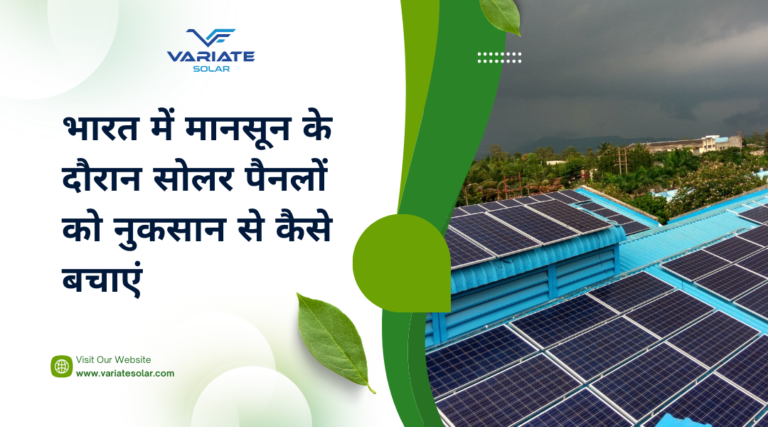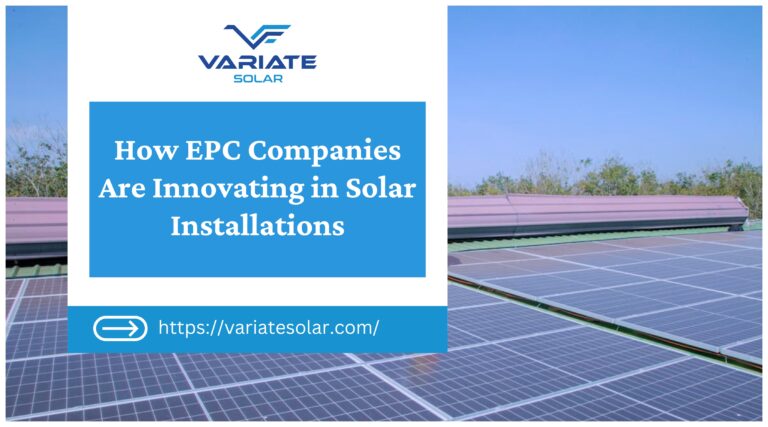How Battery Energy Storage Systems Increase as Renewables Grow?
Power systems are going through a time of extraordinary change on a global scale. The availability of affordable renewable energy is expanding, and the need to improve digitization and strengthen power system resilience is becoming more pressing. Energy storage is crucial since this necessitates substantial renewable energy stockpile, particularly in emerging nations. Given rapid and substantial cost reductions, battery energy storage is being used more often in power systems.
Batteries are useful in many parts of the power system, but they work especially well with intermittent renewable energy sources. The growing number of hybrid solar-plus-storage and wind-plus-storage projects serves as evidence of this. Batteries can be placed in close proximity to solar or wind power to minimize installation and infrastructure costs, avoid curtailments, facilitate production ramps, and shift energy to more lucrative times of the day.


How Battery Energy Storage Systems Increase as Renewables Grow?
Renewables enhance battery storage’s value across many areas. First, as noontime prices decline due to strong solar penetration, energy arbitrage profits rise. Second, energy systems need extra resources to control and balance frequency because energy from renewable sources can be unpredictable. Batteries are especially effective at this task. Third, as solar penetration rises, the peak period duration may be reduced. This is important because, as battery costs decline over time, batteries may be able to compete in a market that is growing. Simply put, battery storage gains market appeal and value as a result of renewable energy.
The following are important variables influencing battery storage:
- State and federal funding programs – Regulations for procurement and tax incentives
- Declining battery costs: By 2030, Li-ion battery module costs are predicted to drop by 60%.
- Demand for power and the automobile industry
- The power system’s growing need for flexibility as a result of intermittent renewable energy

What are the main opportunities?
With the variety of consumer categories available, the variety of business strategies in use, and the upcoming technological advancements, this is an important question. The following four steps could help you succeed in the market:
Determine a need in the value chain that is not being met. It makes sense for businesses to consider expanding into different goods and services in this emerging market, either through organic or inorganic means.
Enhance supply chains’ resiliency. Numerous vital BESS components, such as battery cells and semiconductors used in inverters and control systems, depend on intricate supply chains that might be disrupted by a variety of factors, including changes in regulations or shortages of raw materials. When developing a supply chain strategy, take into account local sourcing, multi-sourcing, and strategic partnerships. Don’t forget to account for future technological advancements.
Concentrate on the most important aspects of the product. What matters to consumers should be reflected in product specifications. The likelihood that every feature important to customers will rise if the road plan is informed by a customer segmentation strategy. This kind of strategy is especially crucial because price competition in the BESS market is probably going to be a constant. In whichever market a company chooses to operate in, establishing a unique selling proposition will also be more likely with the correct product road plan in place.
Think broadly and act quickly. It is not the right time to be cautious, not with BESS in the public eye and revenues beginning to rise quickly. Although there is a great deal of market fragmentation, certain larger competitors are beginning to gain market share. All businesses are at risk from this, but small ones that may have begun as research projects ten years ago and now discover themselves sitting on valuable intellectual property are particularly vulnerable.
How we may achieve net zero energy with battery energy storage
According to recent research by the International Energy Agency, grid-scale storage capacity still has to be increased to achieve Net Zero Emissions by 2050, even though battery energy storage systems have grown significantly in recent years. Developing nations have numerous obstacles, including as inadequate supply security, inadequate generation capacity, inadequate or nonexistent grid infrastructure, inadequate tools for monitoring and management, and a shortage of trained labor.

Energy storage is therefore essential in the shift from thermal to hybrid projects as it can improve reliability in this setting. It increases dependability and availability by enabling the storage of excess electricity produced by variable renewable energy (VRE), like solar and wind, for use during times of high demand or low sunshine. By lowering dependency on fossil fuels, a hybrid project that combines VRE with a battery energy storage system contributes to the development of a more reliable and sustainable energy system.
In order to guarantee a sustainable payment system, the ESP has created a hybrid power purchase agreement architecture that attempts to commercialise the advantages of energy storage. The framework facilitates the integration of battery energy storage devices into renewable energy auctions, when governments invite bids to install a specific amount of electricity generated by renewable sources. Its goal is to support nations in putting into practice hybrid renewable energy projects, which are essential components of their sustainable renewable energy programs and consist of solar power and battery energy storage systems.
By reducing dependence on public funds and releasing private resources, the objective is to assist practitioners in making well-informed choices regarding the business models that best suit their requirements.
Conclusion
The BESS market is developing at a rapid pace, so firms who wait to act would lose out. The businesses that demonstrate the four elements necessary for success will emerge victorious in the marketplace. As the energy shift quickens, these winners will provide value in a new market.







